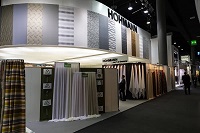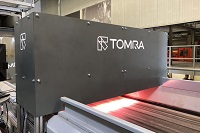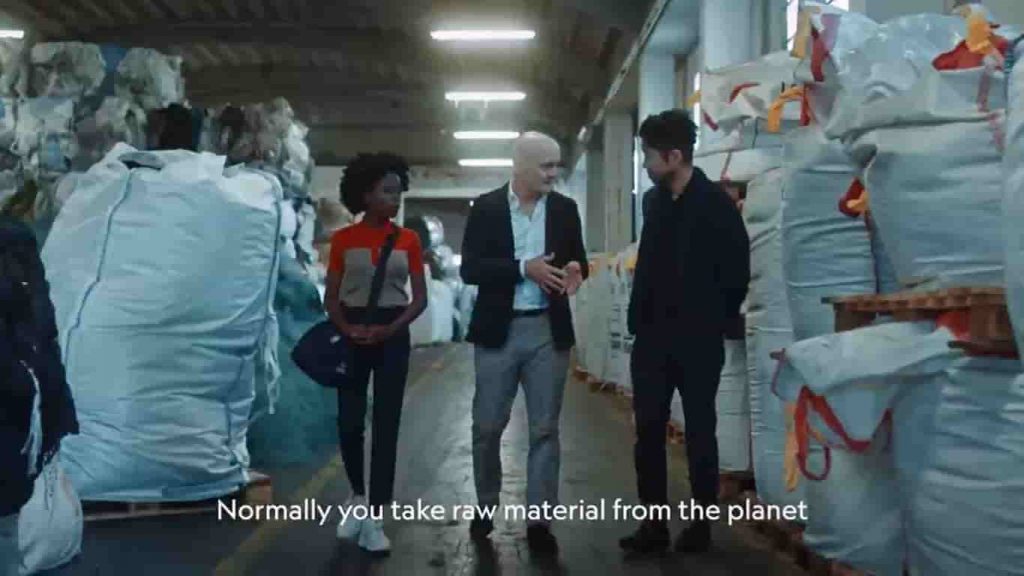Petrochemical acrylonitrile Cellulose Fibres 07-01-2020 - Arhive
Petrochemical acrylonitrile Cellulose Fibres
Crude Oil Prices Trend

-CCL Industries buying Polish BOPP film company Flexpol for $22 million
The deal gives Toronto-based CCL the capability to deliver label films in Europe using the same technology it has in place at Innovia Mexico for the Americas.
Toronto-based specialty label and packaging supplier CCL Industries Inc. has signed a deal to buy Polish company Flexpol Sp. Z.o.o. for an estimated $22 million.
Flexpol is a producer of BOPP film which is used in packaging, labelling, and lamination.
“This operation brings us new capability to deliver label films in Europe using the same technology we have in place at Innovia Mexico for the Americas complementing existing product offerings from Innovia’s UK operations,” CCL president and CEO Geoffrey T. Martin said in a Jan. 3 statement.Petrochemical acrylonitrile Cellulose Fibres

-Heimtextil Could be a Barometer for the Textile Market’s Strength
Don’t let the retail market fool you: Interest in the home and contract textiles market is stronger than ever as evidenced by the growing popularity in the Heimtextil trade show.
Taking place Jan. 7-10 in Frankfurt, Germany, Heimtextil has experienced exhibitor growth of more than 20 percent in the last 10 years, with much of this development coming from new international companies. Petrochemical acrylonitrile Cellulose Fibres

-Companies embrace invisible barcode to aid in sorting
A major packaging producer will begin using a discrete barcode technology that can provide optical sorters with critical recycling information.
Berry Global Group announced it will incorporate the barcode technology from Beaverton, Ore.-based tech company Digimarc on its plastic packaging. The digital barcodes can be incorporated into labels or the plastic packaging itself, but they’re not perceptible to the eye. Petrochemical acrylonitrile Cellulose Fibres
Petrochemical acrylonitrile Cellulose Fibres
Digimarc’s technology is already used around the world in currency, identification cards, video broadcasts, products for sale in retail stores and other applications.

-From Prada to Zegna, Max Mara and Gucci, fashion becomes green
Recycling, circular economy, ethical business approach. The groups and fashion houses of the fashion system are increasingly close to these themes, and this year more than ever they have brought the fruit of their commitment to the shops and catwalks
Sustainability is one of the hottest topics in recent years.
And in 2019 a focus that has massively affected the world of fashion, also thanks to the requests of increasingly sensitive consumers in terms of environmental respect, eco-sustainability and circular economy.Petrochemical acrylonitrile Cellulose Fibres
The big fashion brands, often pioneers of a green production, innovators for the use of particular fabrics with zero environmental impact, or sometimes even unrelated to this theme, have however used forces and resources to adopt new eco solutions, eliminate from their production polluting substances or fabrics or animal skins and devise initiatives that show the sustainable approach of their company.
PRADA Re-Nylon
The Milanese maison of Miuccia Prada and Patrizio Bertelli has fostered the union of one of the most iconic symbols of Prada, nylon, to the work of Aquafil.
The Trentino-based company has been for 50 years among the first companies in the world known for the production of synthetic fibers, especially polyamide 6, i.e. nylon.
That of the new models of iconic Prada branded backpacks and bags, as announced in June 2019, is called Econyl and will come precisely from the recycling of fishing nets and floor carpets, supplied by Aquafil. Petrochemical acrylonitrile Cellulose Fibres

-The US economy is a ‘job machine.’ Can it last?
Happy Sunday. A version of this story first appeared in CNN Business’ Before the Bell newsletter. Not a subscriber? You can sign up right here.
This week brings the final US jobs report of 2019, buttoning up a solid year for jobs growth as consumer spending stayed strong and concerns about a recession abated.
But it’s an open question how long substantial jobs growth can continue. Heading into 2020, momentum is poised to weaken.Petrochemical acrylonitrile Cellulose Fibres

-Lanxess cautiously optimistic for 2020
As a major supplier to the automotive industry, German specialty chemicals company Lanxess AG is upbeat about the prospects of the automotive market despite a significant decline in demand, particularly in Europe, so far.
Axel Tuchlenski, head of global product and application development in the High Performance Materials business unit of Lanxess, told Plastics News Europe in an interview in late 2019 that the industry was “close to bottoming out” the downturn, adding that his company was “cautiously optimistic for the coming year.”
Petrochemical acrylonitrile Cellulose Fibres

-New BASF low-viscosity thermoplastic has wide scope
BASF is expanding its Ultrason P product range with a low-viscosity grade that is suitable for manufacturing large, complex-shaped components such as inflight catering dishes and heat-resistant containers with thin-walled geometries.
The new grade, named polyphenylsulfone (PPSU) Ultrason P 2010, is claimed to offer improved flow behaviour in injection moulding while maintaining the mechanical properties of Ultrason P. Petrochemical acrylonitrile Cellulose Fibres
This characteristic means that during processing, raw material use, energy consumption and component weight can be reduced: the tool is also claimed to fill up at lower injection pressures and processing temperatures.

-TANATEX Chemicals: Speed-Up Polyester Dyeing Times
Polyester accounts for more than 50% of the global textile fiber market – no matter the end use.
That’s a lot of polyester needing to be pre-washed, dyed and finished, packed and distributed to customers all around the world.
The dyehouse manager might confirm that pressure is on to deliver high quality products while speeding up their processes. Petrochemical acrylonitrile Cellulose Fibres
Generally, dyeing polyester takes up to 200 minutes including reduction clearing.
Can you speed up, and still reach high quality while saving out on energy, valuable process time and water? We see opportunities to do this in several ways, but the most effective way is probably to reduce polyester dyeing time.
When done right, this measure can reduce energy usage by 30%.

-Saudi expos to highlight diversification plans
The latest editions of Saudi Plastics and Petrochem Exhibition 2020 and Saudi Print and Pack Exhibition 2020 (Saudi PPPP) are set to review the Kingdom’s economic diversification plans and investment opportunities, said event organisers.
Organized by Riyadh Exhibition Company at Riyadh International Convention and Exhibition Center, the 17th edition of exhibitions will highlight governmental efforts that aim to enhance the attractiveness and competitiveness of these vital sectors and their important roles in the Kingdom’s economic diversification efforts.Petrochemical acrylonitrile Cellulose Fibres

Petrochemical acrylonitrile Cellulose Fibres
